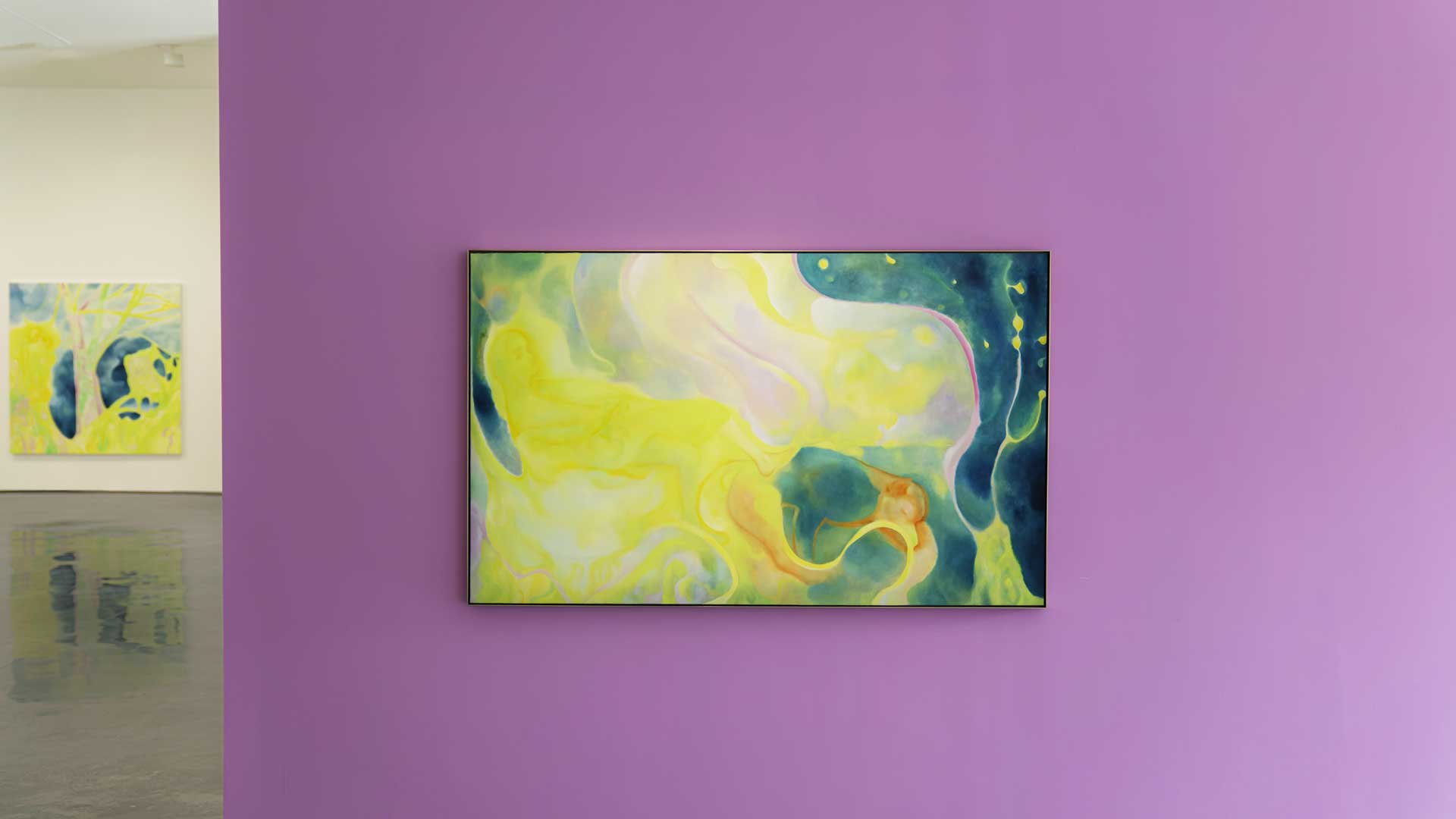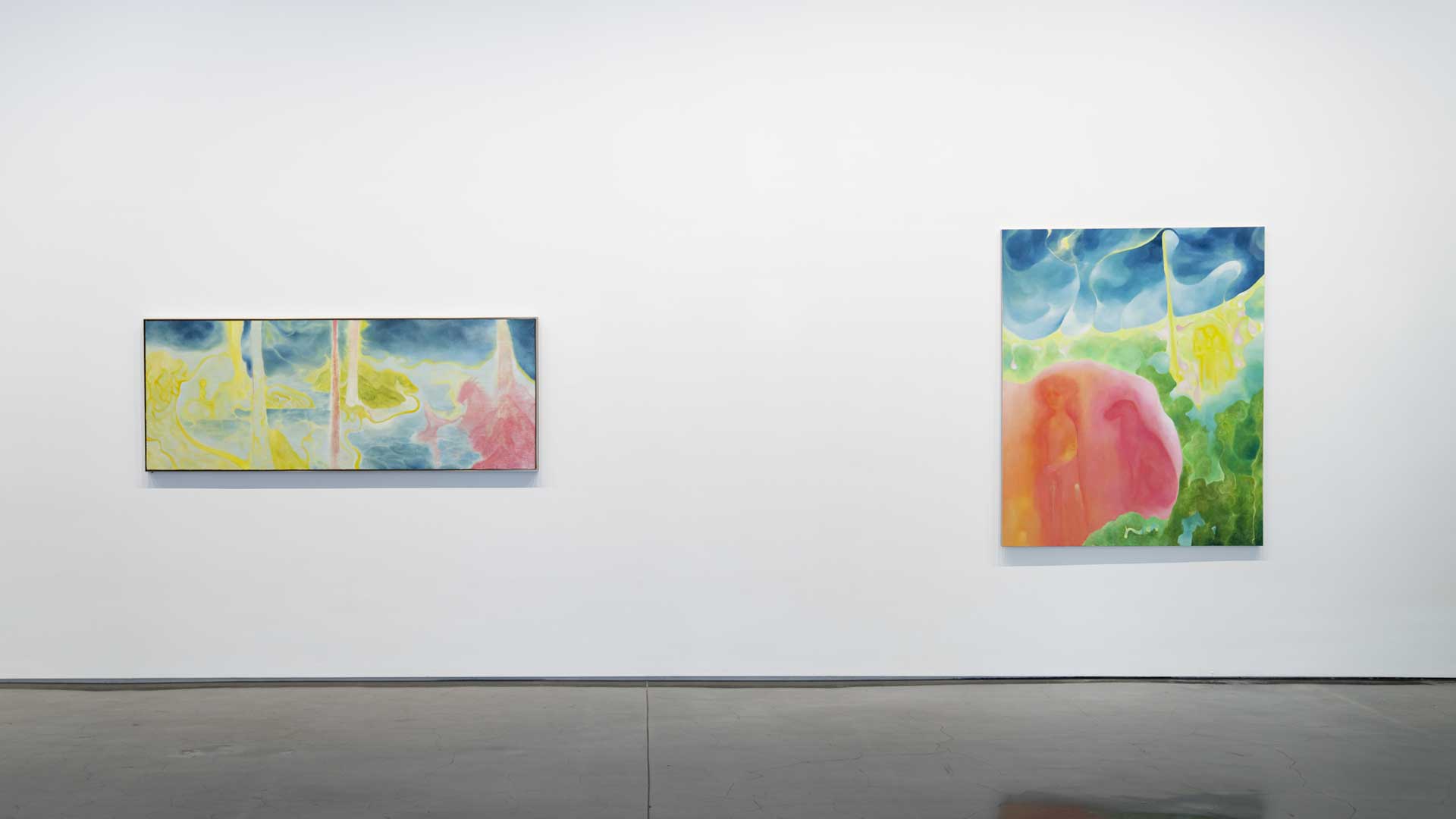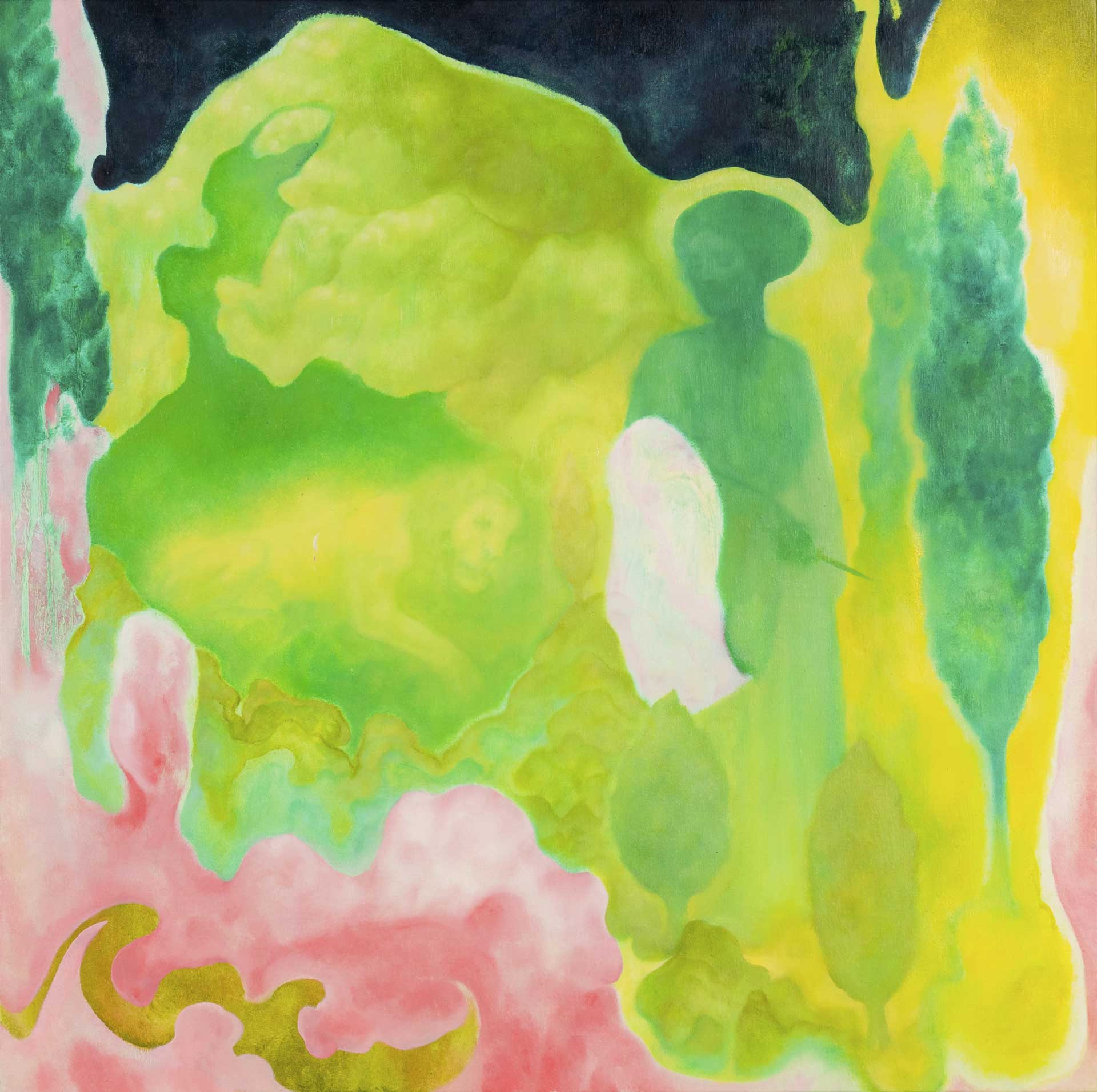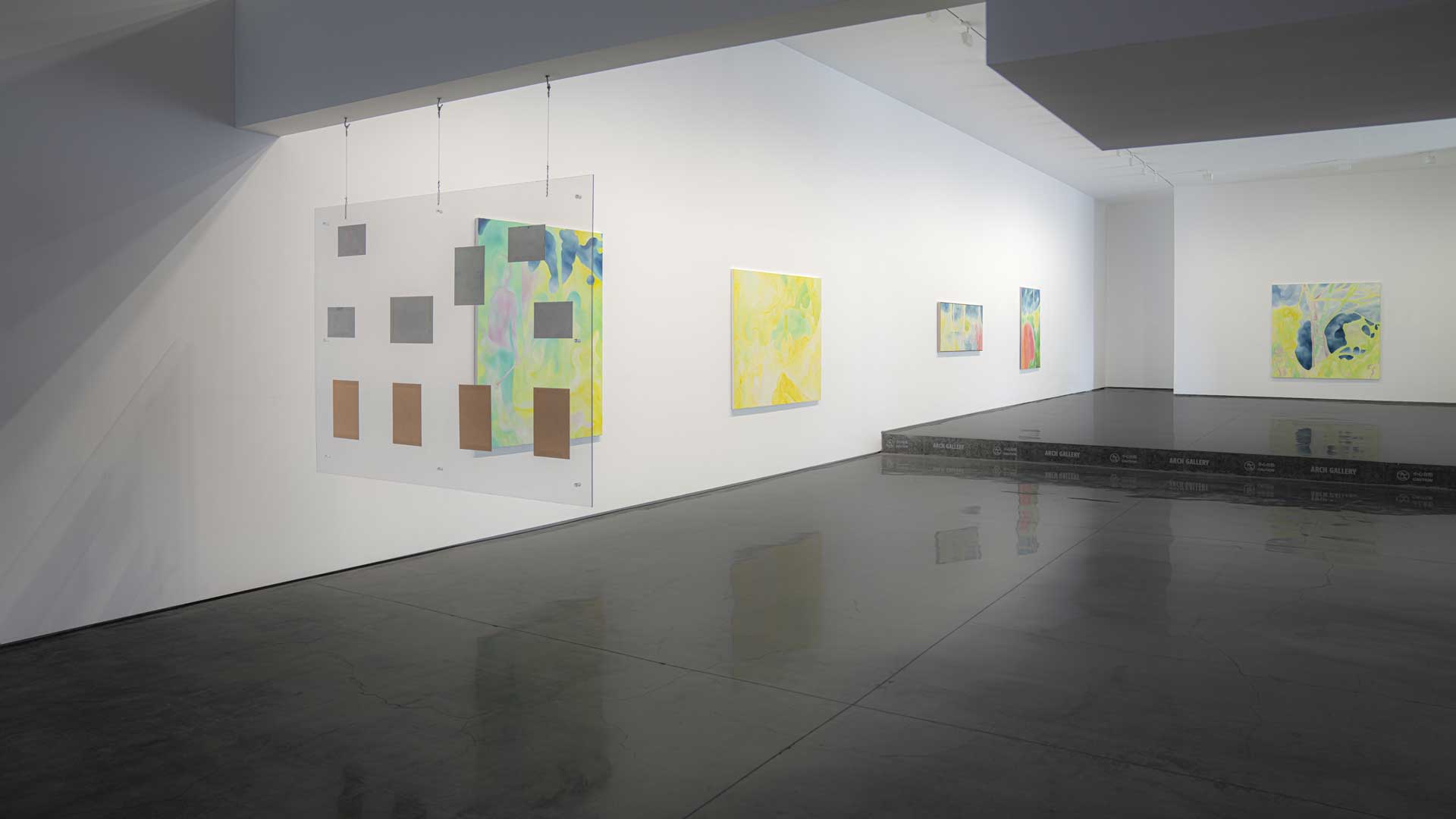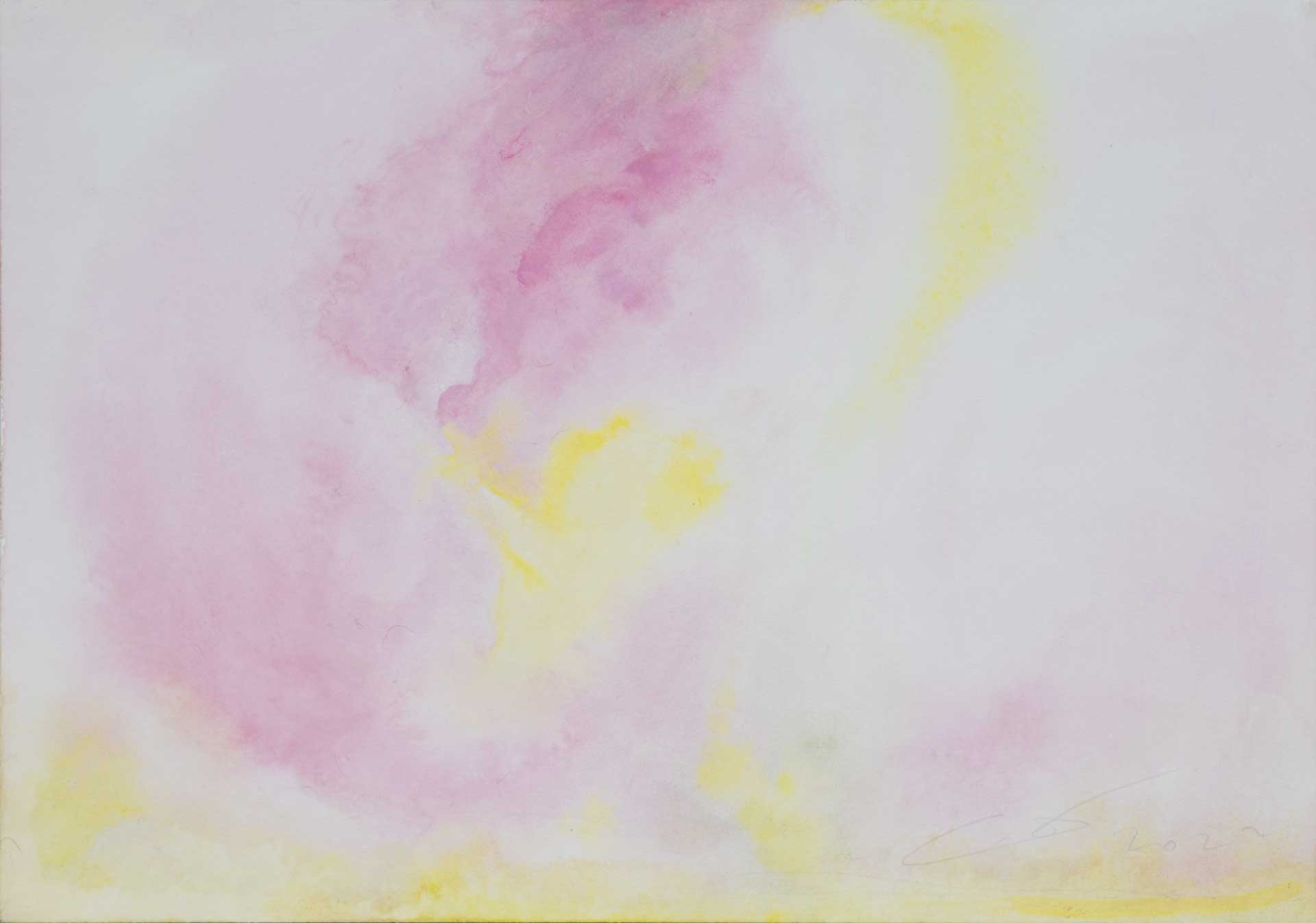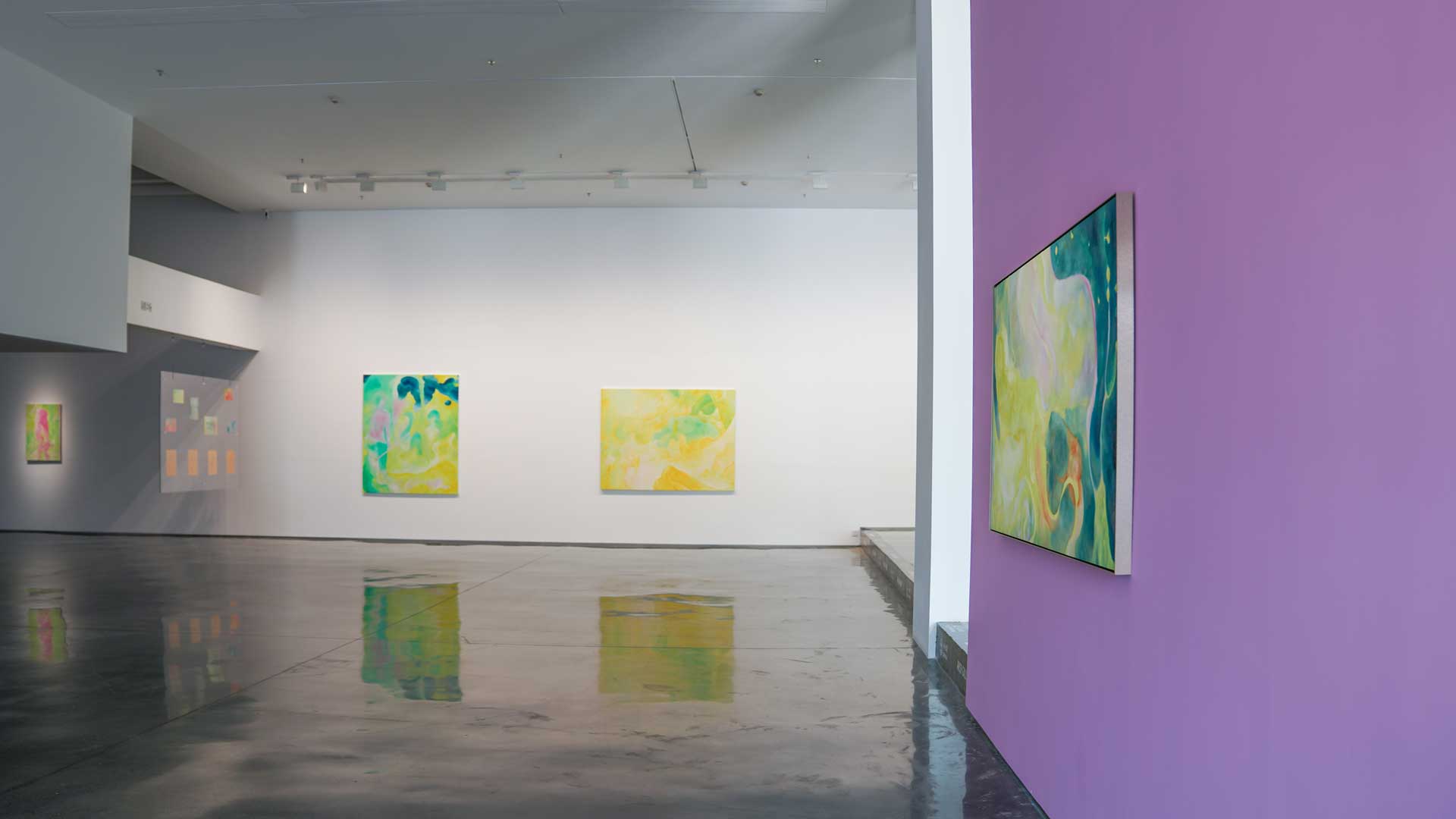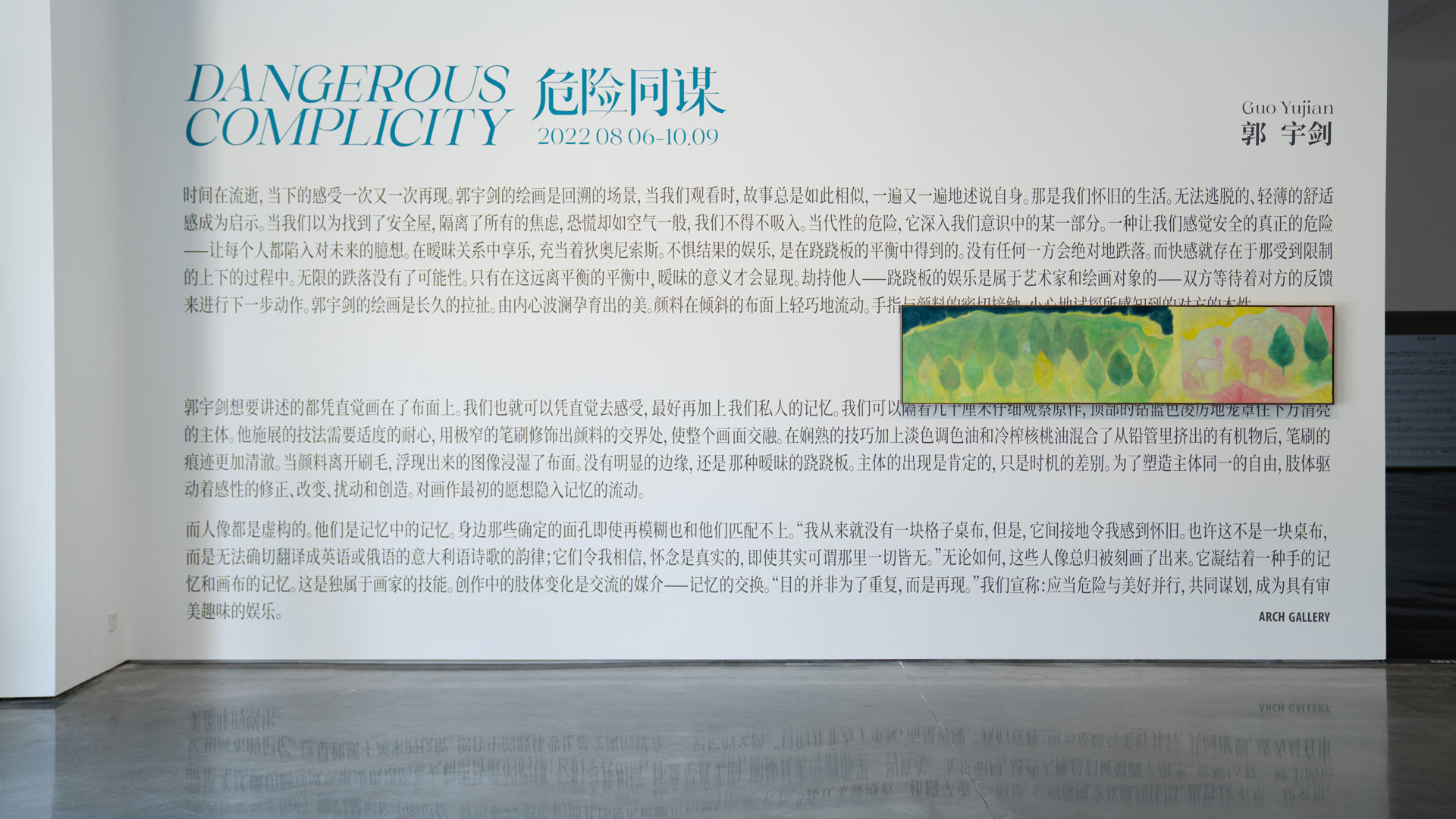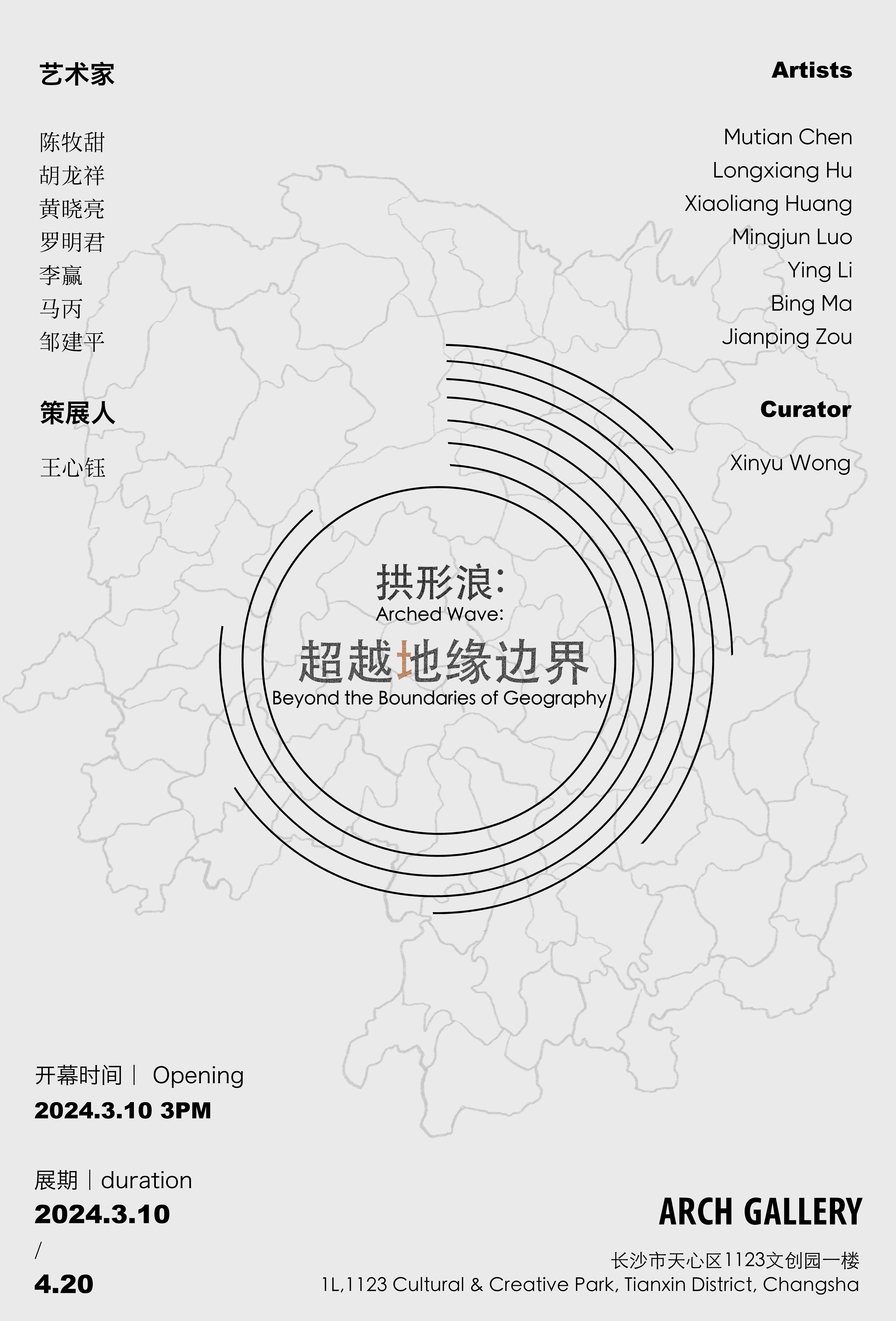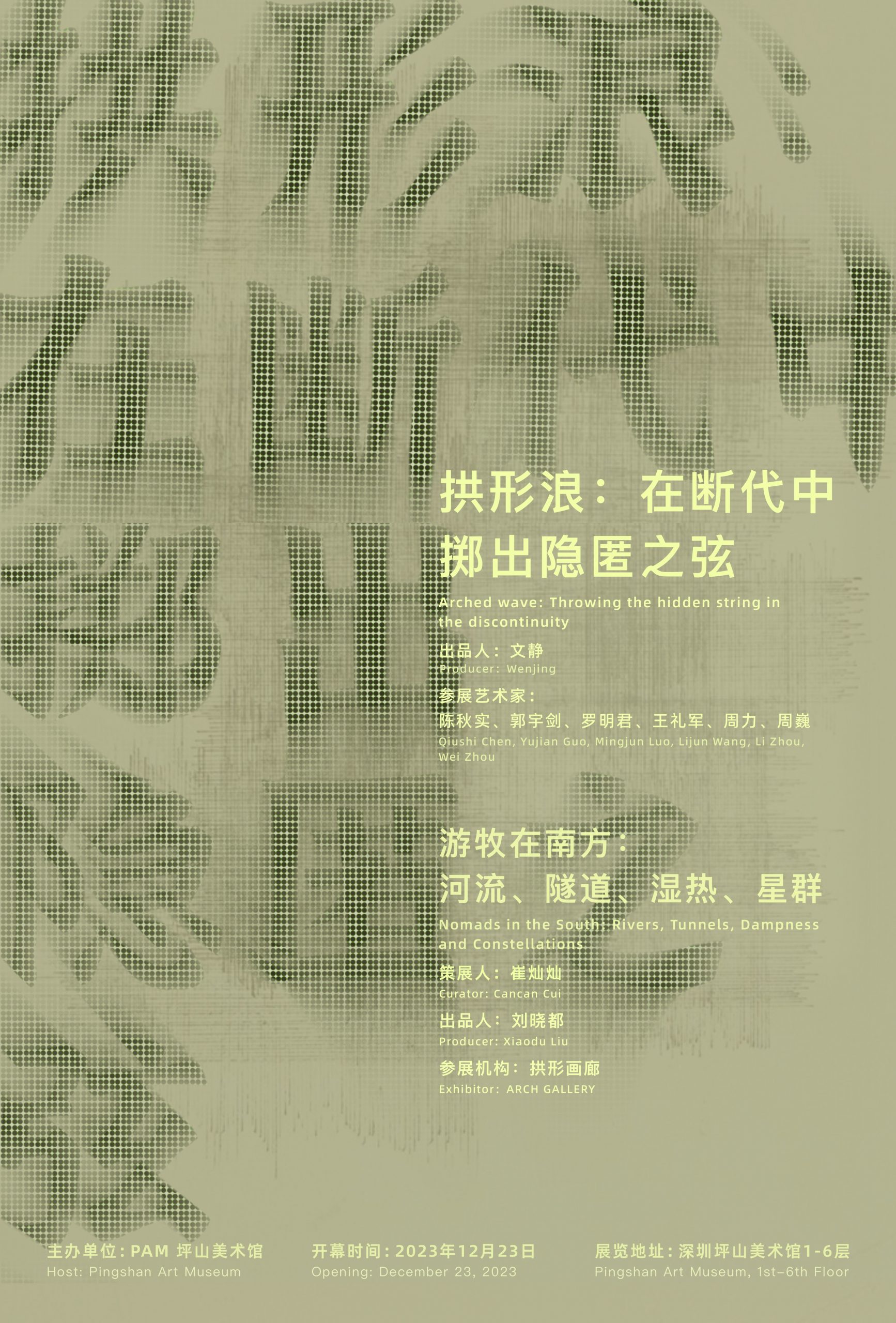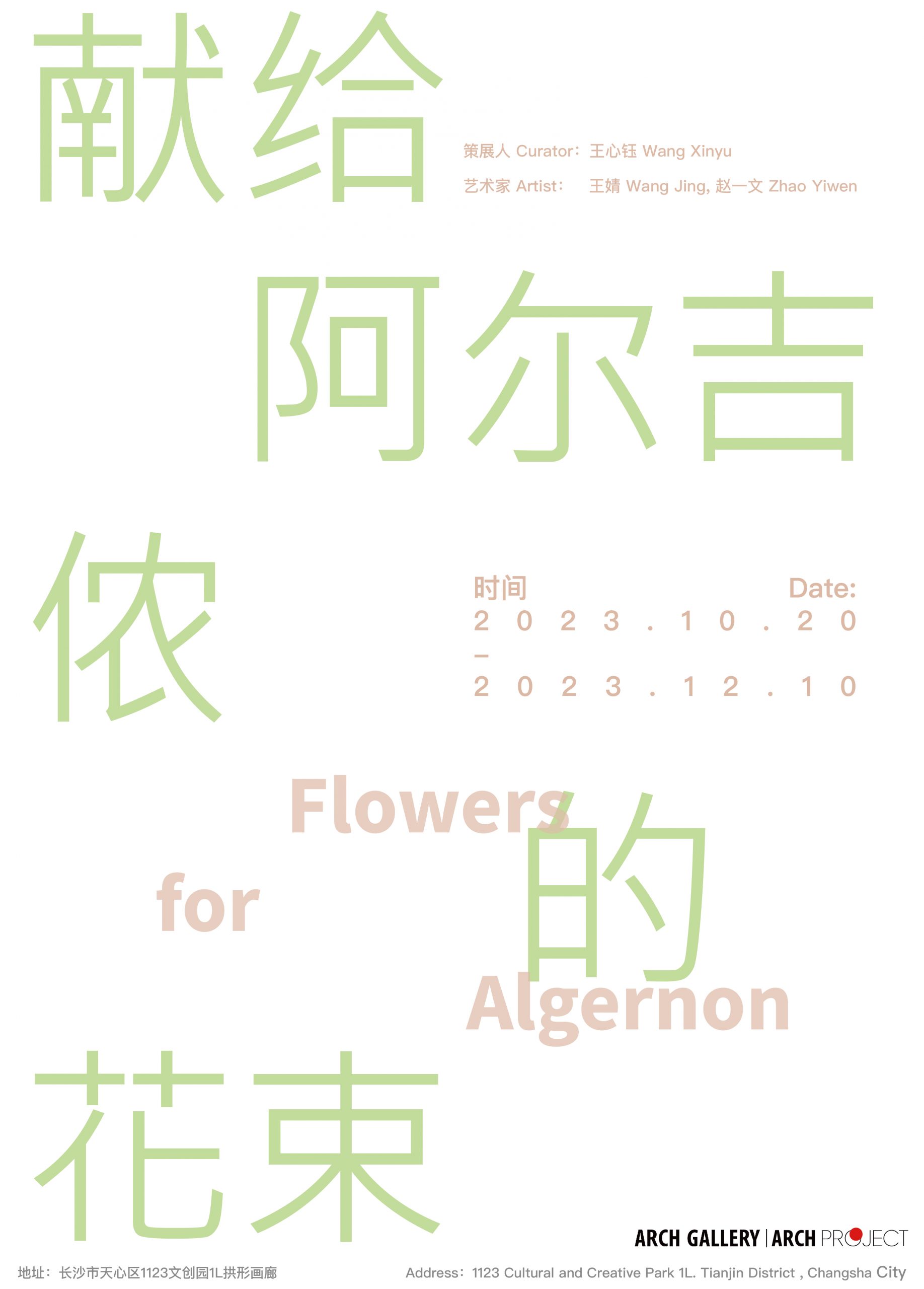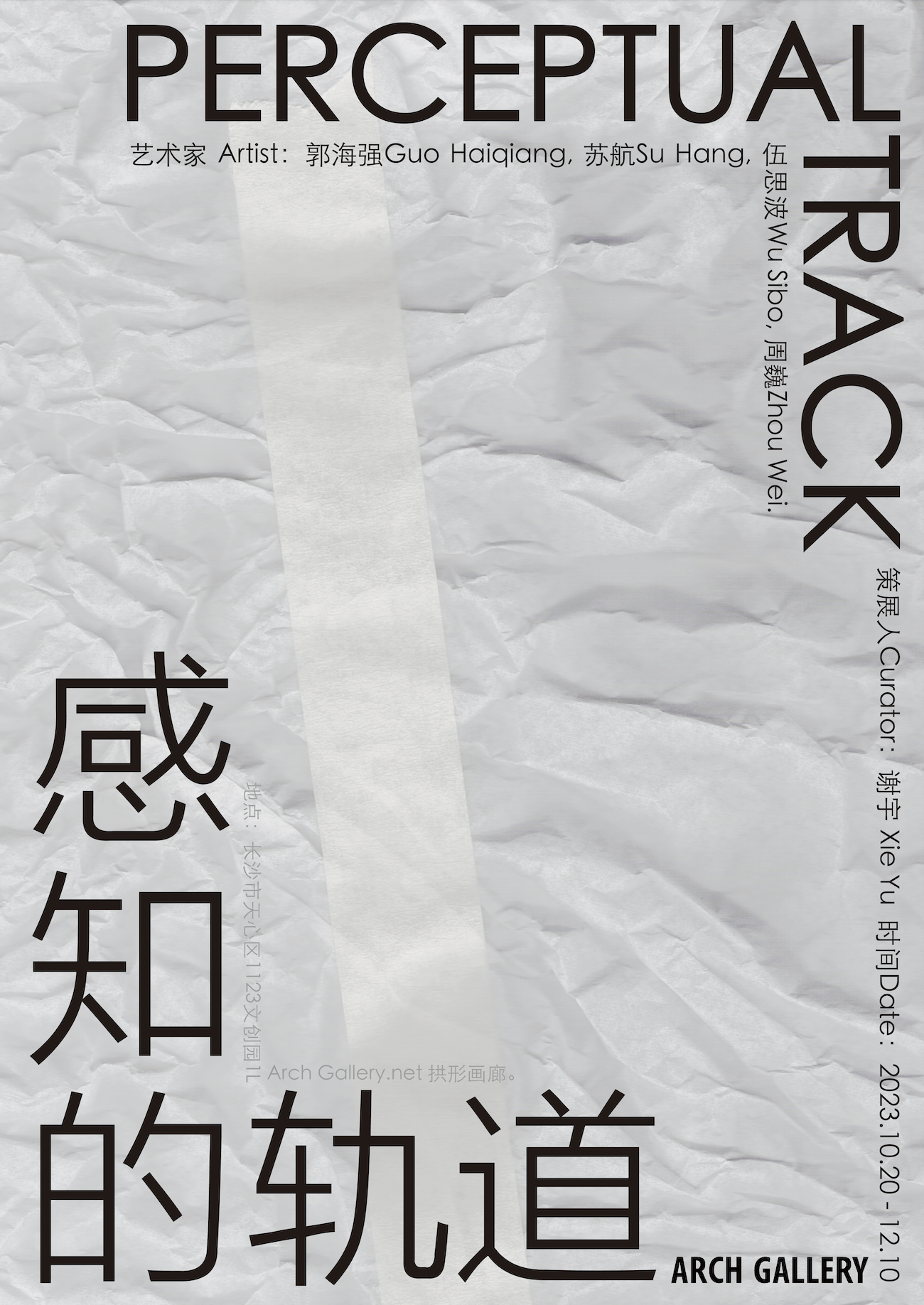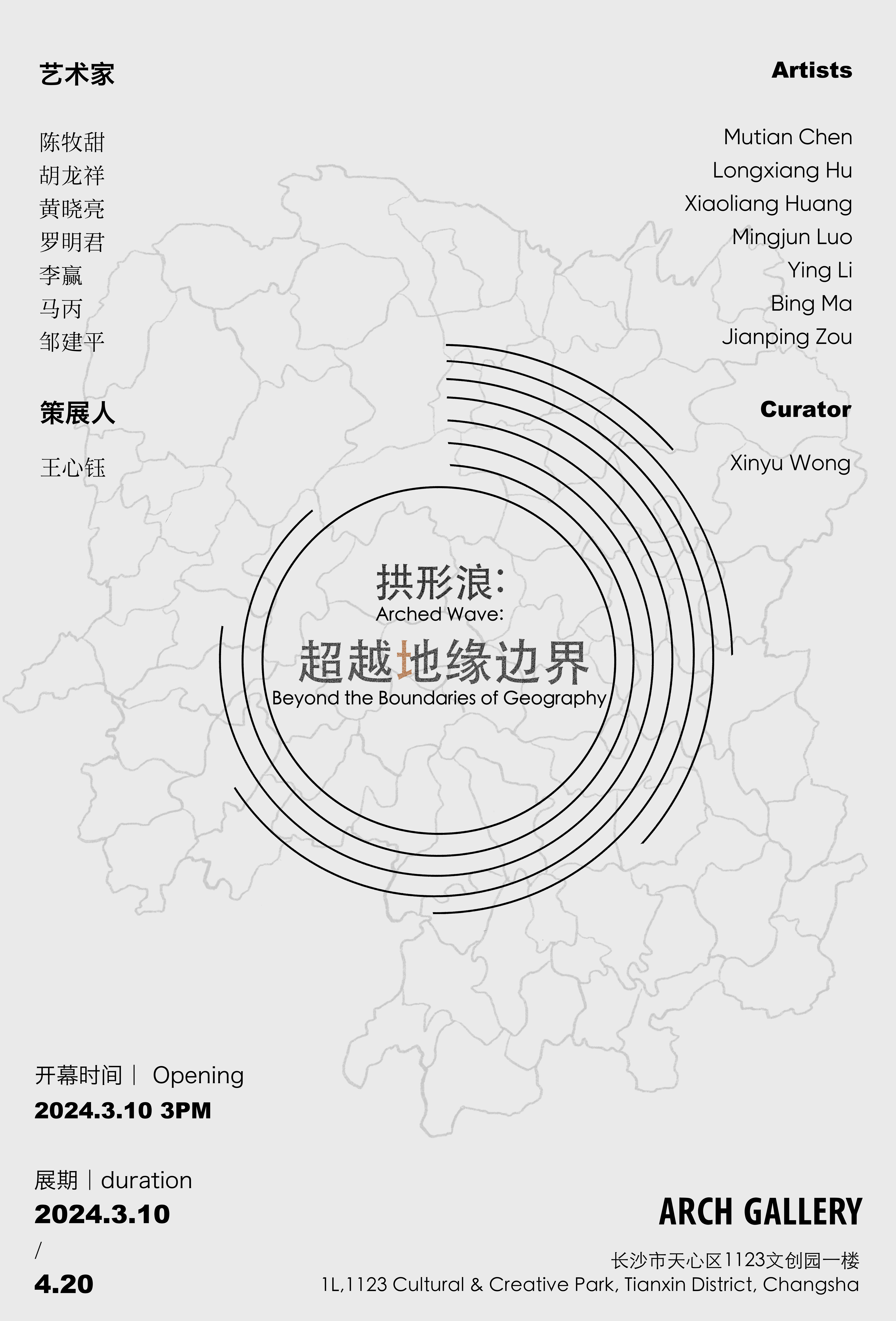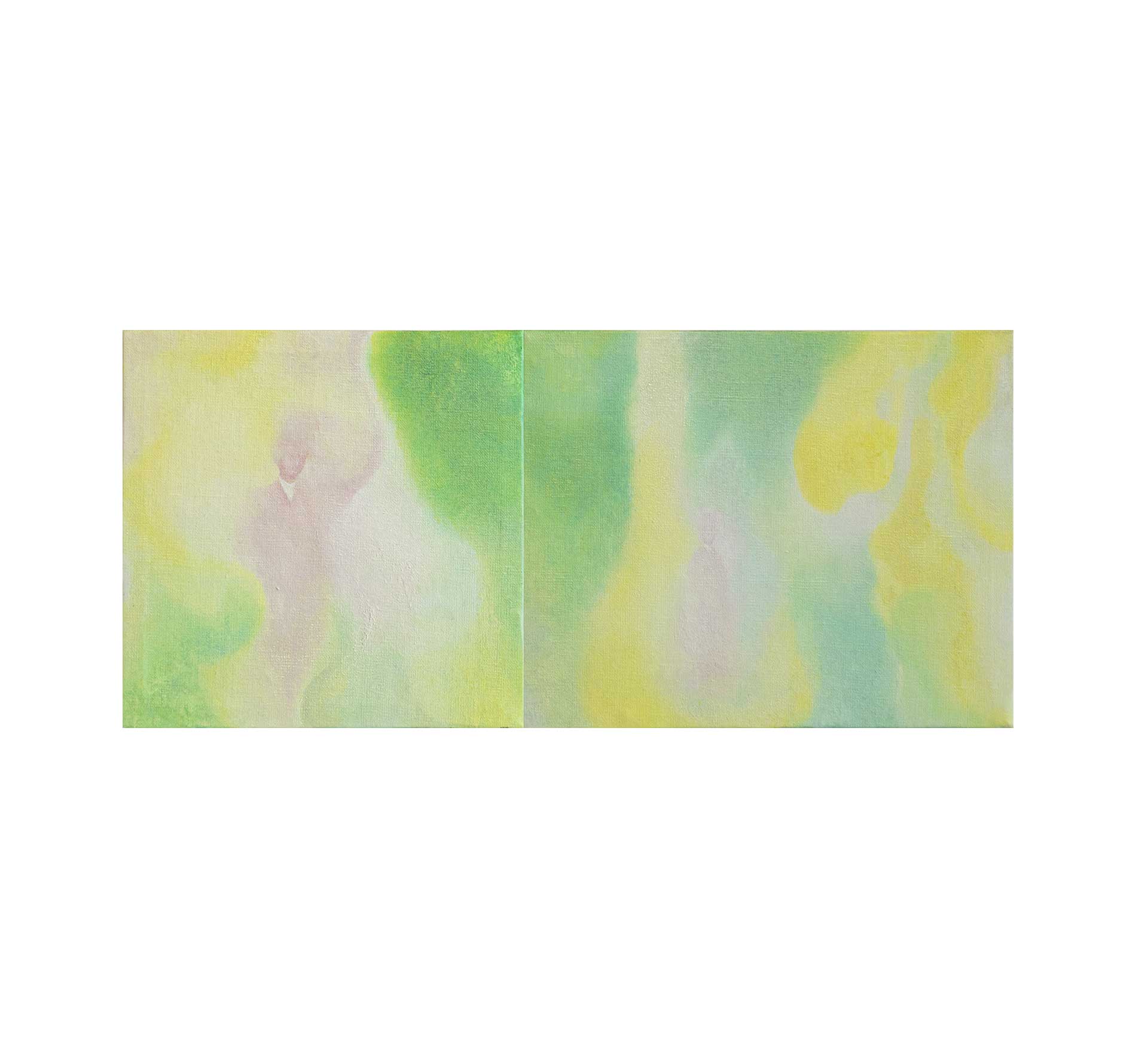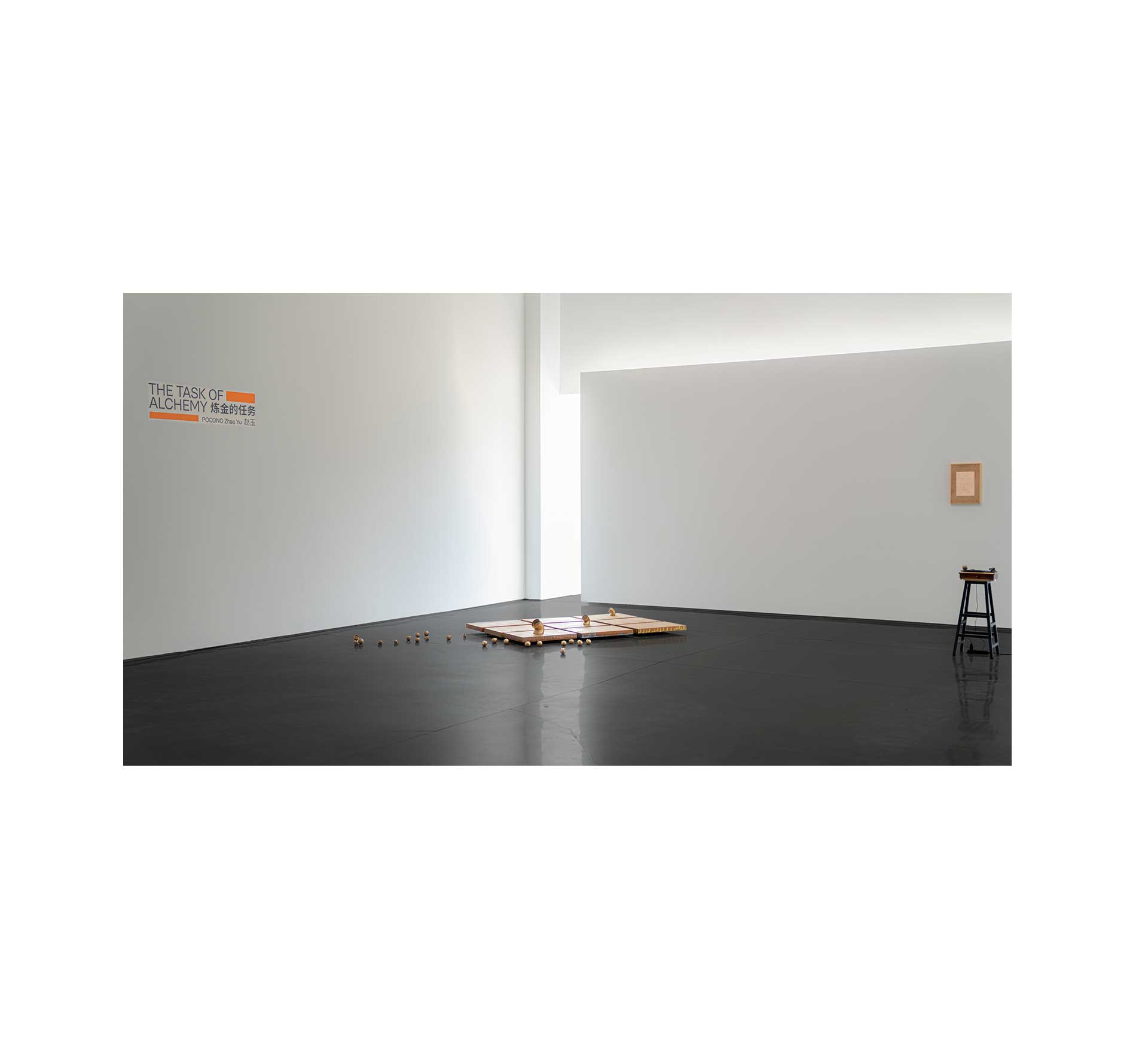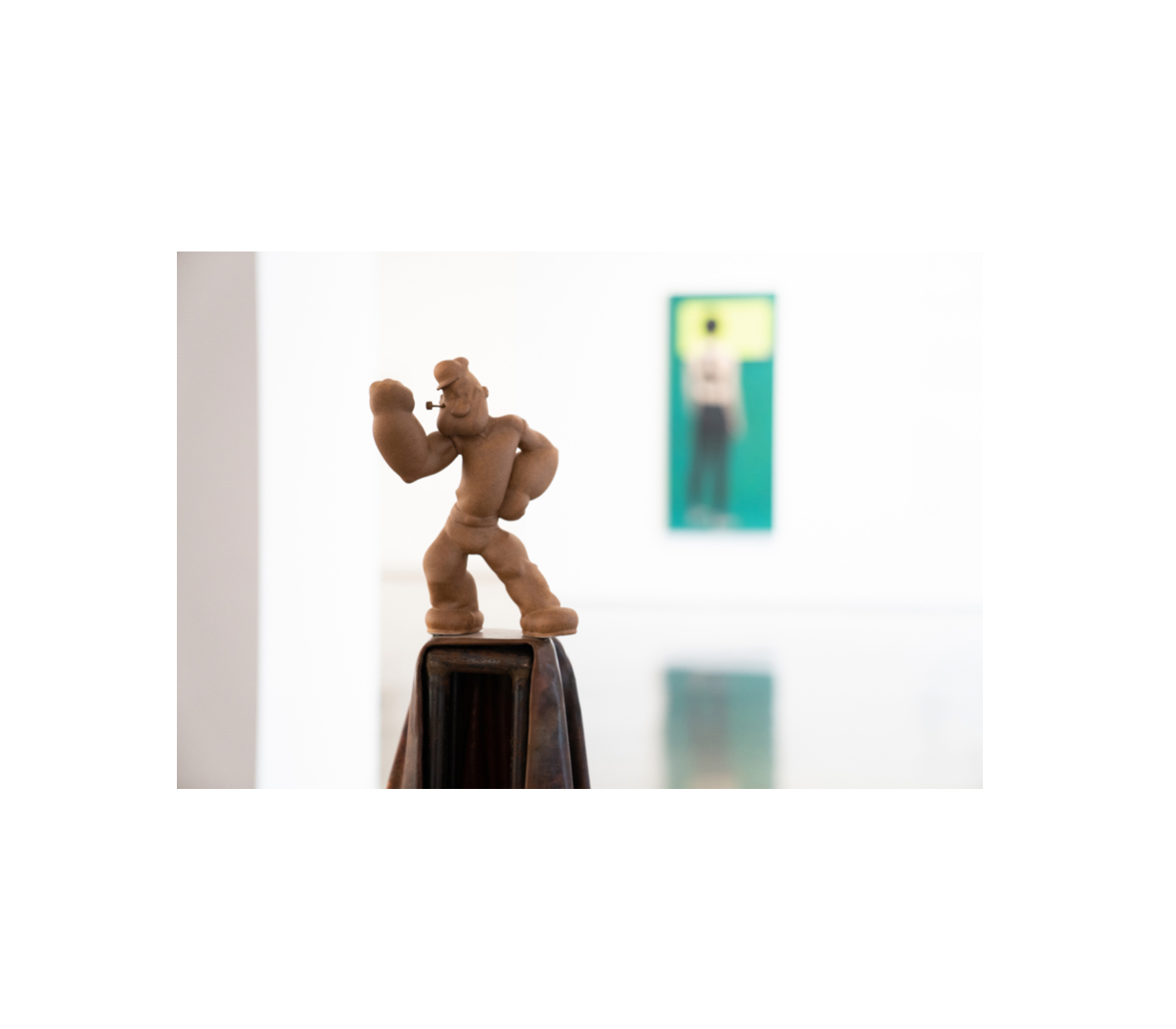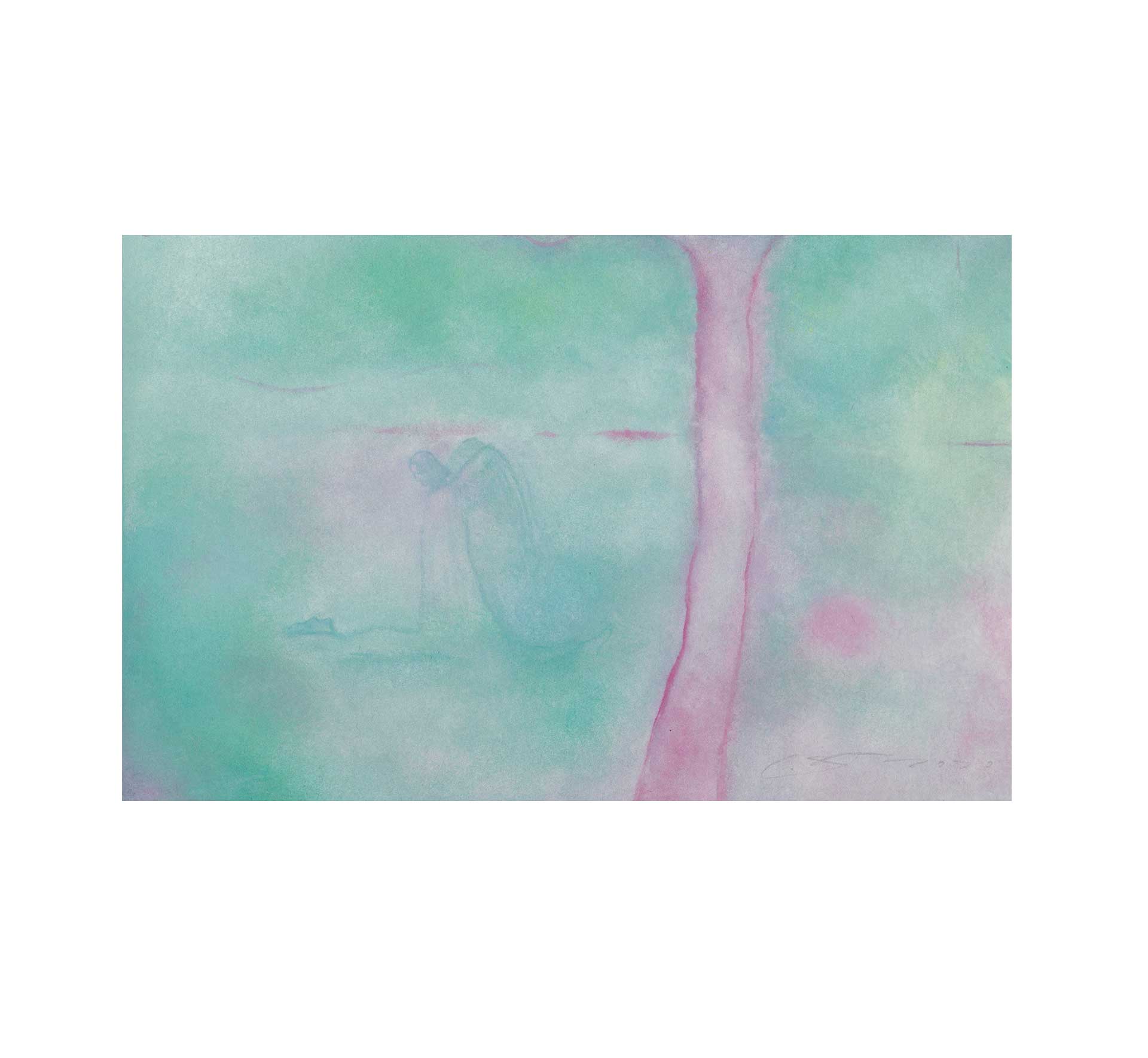
ARCH INTERVIEW | Guo Yujian
Artist: Guo Yujian
Text by
Q: When people glancing at your works for the first time, they tend to have dream-like visualisations. What are you trying to convey through this feeling? How do you choose the subjects and the contents of the paintings?
A: It’s actually quite surprising to me that people have this kind of visualisation. Because at present, one’s dreams should be one of the few things that cannot be shared with others, so I never thought that my paintings would give the audience the association of dreams. Hearing this kind of comments from the audience was when I started to create the Transient Joy series in 2019. Since then, I have tried to let daydream-like imagination seep into the picture, and those earlier, more symbolic images have also been naturally diluted. Perhaps, it is precisely because of the temperament that seems to be infiltrated by the picture and some image contents that are contrary to reality that cause the association like a dream. From the Why Did Thou Steal My Apples? series to the current Dangerous Complicity series, I am having new thoughts on paintings. For me, choosing between the contents of a painting or the feeling of a painting, I must be more concerned about the later. As for the content of the painting, I don’t seem to care that much anymore.
- Dangerous Complicity, ©ARCH GALLERY 2022
Q: In the process of painting, have you ever wanted to paint as realistically as possible?
A: Discussing the reality of paintings is very interesting. I want to talk about what is reality first, or what is the reality we are talking about in the context of painting? Basically, I don’t think that starting from the surface of the object, then copying it on another medium is the only truth, or the whole truth. Regarding to this, I haven’t changed much — since the past — I always hope that what I paint is real, but this reality should be an inward-looking, and it is definitely not a mere representation of objects. I don’t bother whether the images in my paintings are under a usual visual logic when they exist in reality. Because even when we are discussing the realities of life, we could hardly to draw one conclusion alone. For instance, an apple placed on a dinner plate by candlelight, which one is more realistic, in its current state or when it grows on an apple tree under the natural sunlight?
- Dangerous Complicity, ©ARCH GALLERY 2022
Q: When your priority is not putting contents of objects in your paintings, does that affect your ability to express your “reality”? Why?
A: I don’t think so, right? Because the truth I want to express has never been the surface of the object. Even if there are more illustrations in the content of my previous works than the current, I still hope to convey through those illustrations. Some kind of feeling beyond logical arrangement. I think painting can accurately express reality. If it is compared to language, a person can express any truth concisely and comprehensively, which is a kind of precision; or a person can modify an ordinary thing with gorgeous words, which is wonderful and it’s also a kind of precision. Previously, when I was concerned about the content of an image, there was even a dilemma of repetition. So when I found that this method was not so accurate in expressing the “truth” I wanted to present, I did some reflection and found that, on the contrary, when I no longer care about “what kind of content can express “truth”, but directly face the “truth” I want to express, “truth” seems to gradually emerge in the process of painting more accurately occurs.
- Dangerous Complicity, ©ARCH GALLERY 2022
Q: The gaps and relationships between the individual and the world influence one’s memory, feelings and opinions. Your series of works reflect diverse research directions and interests. For instance, Beside The Maidens, what kind of experience made your paintings begin to change gradually?
A: In short, this may be related to the fact that I have not lived in a busy city for a long time. Living in a city like Changsha allows me to stop and observe the things I am interested in at any time. This pace of life also encourage my curiosity. But subjectively, there seems to be no causal logic between my curiosity about everything around me and my creation. For example, Beside The Maidens, the name is taken from a volume in In Search of Lost Time. In that volume, Proust described how he had experienced a failed emotion and turned to other people for new pleasure. Because I am a person who is not superstitious about inspiration, but I did feel some inspiration passing through my mind frequently during that time, so I borrowed a name of his works to refer to that experience.
- Dangerous Complicity, ©ARCH GALLERY 2022
Q: How do viewers walk into these depicted scenes, when we don’t just view bodies and objects as information given by the appearances?
A: What a person sees and understands is determined by his heart (oriented from Buddha, ‘one’s mentality will determine how they see the world.’) I would love to evoke something inside the viewers’ minds. Perhaps it could be painting a person lying in a bright hue, or maybe a dog dissolved in the cobalt blue? At the same time, the symbols in these scenes could be regarded as a path for the audience to walk into the painting. I’m not sure whether the composition of an image through rational design can make people have more possibilities for imagination, or is it the opposite? I hope the audience can be as relaxed as possible while glancing at my paintings, without any burden. Because I paint very ordinary things, they don’t have any obscure meaning within themselves, they are just the traces of my brushstrokes dipped in paint when I was feeling relaxed.
- Dangerous Complicity, ©ARCH GALLERY 2022
- Dangerous Complicity, ©ARCH GALLERY 2022
Q: This reminds me the “maternal illusion” in The Aesthetic Unconscious, where the artist’s personal history will become a “direct imprint of truth” in the details of the work. Are the repeated scenes, figures and images related to the personal meaning you put within?
A: Whether it is “maternal illusion” or “aesthetic illusion”, it is undoubtedly true in this context. But in my understanding these illusions are all “prototypes”. The details that appear in the picture are more precisely these “prototypes”. According to Erich Neumann’s analysis, “Both archetypes and symbols are spontaneous and independent of consciousness, and the ego, as the centre of consciousness, does not participate actively or deliberately in manifestation.” Everyone is born with their own uniqueness. In the context of artistic creation, in fact, a lot of technical practices and accumulation of knowledge are in a sense aimed at making oneself more able to believe in the inherent uniqueness of oneself. The repeated scenes, figures and images in my paintings may have some meaning, but it is not as clear as a fact, I just let them appear spontaneously.
- Dangerous Complicity, ©ARCH GALLERY 2022
Q: There is a flowing of memories and feelings in your works. Is the science of memory also in your work? Why?
A: The science of memory doesn’t seem to be there. Although I also read some related books, I’m not sure whether I really understand it or being influenced by it. However, I am a person who values memory a lot, “the flow of memories and feelings in the work”, honestly they are largely influenced by Proust’s aesthetic style.
- Dangerous Complicity, ©ARCH GALLERY 2022
Q: Continuing on to the Proust aesthetic style you mentioned in the previous question, what do you think of the origin and regionality of an artist?
A: In the context of this topic, the origin of the artist is probably inseparable from Heidegger’s “The Origin of the Work of Art”, and I think he has already analysed it more thoroughly. Regarding the two points in this topic, I would like to talk about some views that have nothing to do with philosophy or aesthetics. I often have a kind of confusion, when did I (can) consider myself an artist? Then do I (can) recognise myself as an artist after I have experienced a certain point? Because as far as I am concerned, it seems that Like most children who like to draw, I started to learn to draw in the hobby class as soon as I can remember. After reading, I published a blackboard newspaper and painted posters for the school’s hobby club. After that, I took the art exam and went to the Academy of Fine Arts. Obviously, it is far from here. Calling me an artist, I seem to have always had a particular certainty—“I will do art work”—feeling that pulls me. It is by no means an arrogant self-confidence, but an indescribable ghostly thing. It’s a driving force in my approach to art.The “confusion” I just mentioned is the origin of me as an artist. Speaking of the artistic environment of Changsha alone, it is rather “paradoxical” compared to other cities I have lived in. It hardly has the kind of artistic atmosphere that can provide people with learning and growth, but there are many pre-college life Artists who have studied in Changsha have developed well in other cities. Although this is a common topic, I think it is a point that has to be discussed because of regionality. What exactly are we talking about when we talk about cities? I try to look at this topic without emotion. For example, a person who was born in Wangcheng (a suburb of Changsha), grew up in Shenzhen, studied in Seoul, has a long-term close relationship with a Londoner, and went to Europe in a gap year after graduating from university. Traveling and then returning to Changsha, his regionality is not so easy to tell. In the final analysis, because the world before the epidemic was very specific and connected to some people, artists will play down the concept of regionalism because the industry itself is relatively different from other mainstream occupations. I think whether it is the existence of such topics as regionality or origin, the most valuable thing for a creator is whether we are really thinking in the face of the self-individual itself when we do this kind of thinking.
Q: In what way do you balance your emotions and your painting techniques from your experiences? Or, how do emotions and skills flow within the framework?
A: It’s hard to say. They seem to exist at the same time when I started to create. This chaotic feeling can be said that is balanced from the very beginning. It’s impossible to say whether emotion or experience comes first, but what I’m sure about is that experience and emotion are intertwined. I am most relaxed in this creative state when I let it flow naturally.
Q: How do you place your relationship with the work when you create it? Will it be different after you create it?
A: There is a scene in a novel I read where two familiar friends are drinking together, one of them lights a cigarette as naturally as usual, the other seems to have a backlog from a long time ago He finally said to him, “I can’t tell the reason, but every time I see someone smoking, I feel that the familiar person seems to have changed.” The relationship between them is kind of like this. Whenever it is very familiar at the beginning of creation, but it seems to become unfamiliar after reaching a certain node, I often have the illusion that they are not completed by me.
- Dangerous Complicity, ©ARCH GALLERY 2022
Q: In the dialogue relationship you have established with painting, does the final content of the composition still take your “self” as the main body? If it is still (the creator himself is the centre of the artwork), is the unfamiliar feeling because the final result is different from the expectation and the original idea?
A: I think “self” is lost little by little in the process of painting. Taking a painting as an example, “I” must be there in the initial stage. If we use the analogy of playing chess, I first played a game with the picture through experience. The ego began to gradually disappear and merged into a conditioned habitual action. I don’t know why this strangeness is seen by others, but for me, this strangeness seems to be transcended in some way. caused by experience. It’s presented through “I”, but something that hasn’t been seen before – even if it’s tiny – and feeling this nuance is a secret shared by creators and sensitives alike.
- Dangerous Complicity, ©ARCH GALLERY 2022
Q: From a personal point of view, why do I feel like I’m “peeping” when I look at some of the works? Is it because of the personal emotional changes in these works?
A: In general, easel painting and other creative media that need to work together are somewhat different, and painting seems to have a closer relationship with the creator’s “now”. As long as the creator trusts the painting enough, it can completely carry some of the creator’s fleeting things, so for facing oneself, in a sense, it is more accurate than diary or other methods. This feeling of “spying” may indeed be the reason for the more personal emotions at that time.
Q: Is there anything in painting that you think is constant?
A: Yes? But I’m not quite sure what that is right now. But in my limited painting experience, I feel there is. It’s certainly not some sort of visual steadfastness, nor is it some sort of literary “crown jewel” that’s absolutely unique. It’s a bit like St. Paul said, “The truth is different for everyone.”
- Dangerous Complicity, ©ARCH GALLERY 2022
- Dangerous Complicity, ©ARCH GALLERY 2022
Q: You also have many watercolors, drawings and manuscripts in the exhibition. What is the importance of these works to you? Will the angle of viewing and trying to narrative be different?
A: Because of the birth of a major in the Academy of Fine Arts and the self-requirements of my student days, I developed the habit of sketching sketches. They are undoubtedly very important to me, not how important they are to the way I create, but they provide me with a coordinate in my memory. When I look at them, I can clearly recall what kind of state I was in when facing the painting at that time. In fact, the effort required to complete these manuscripts or watercolours will be more focused, so for me, the information they contain will be more direct and richer. As far as the narrative angle is concerned, in watercolour, this narrative is a more attractive carrier than impromptu poems. But whether it’s sketches or watercolours or even those manuscripts, I don’t think they are the beginning of my paintings. They are completely independent works, and I can even see a more straightforward and light creative idea than oil paintings. At the moment, I usually start a painting with the “first stroke”, of course I do a lot of manuscripts before I start a painting, but after I start the first stroke I know how to paint the second The pen, through this process, I realised what I wanted to draw.
- Dangerous Complicity, ©ARCH GALLERY 2022
Q: You mentioned the “rising and falling” of similar music in the work. In the process of gradually turning to large-scale painting, did “volume” (technique) and “rhythm” (white space) gradually exert an influence? Are these effects gradual and natural?
A: At least this effect is there when I’m creating, but it’s a more natural effect. But I don’t know how to describe this “influence”. I used music as an example before, but it is not that I am completely influenced by music, but I am fascinated by the creative logic in it. Going back to what I said about the influence of existence, it comes from many aspects, such as the gap and relationship between the individual and the world, which affects many aspects of people, and these influences will naturally exist in creation, just like One day I felt this influence forced me to do a large painting. The technical stuff is something I’ll care about for now, at least, but I really hope that one day I’ll be able to get rid of it naturally.
- Dangerous Complicity, ©ARCH GALLERY 2022
Q: “I don’t know if a kite can keep what it saw and felt before it was captured in the long-term memory after listening to what was played on the radio.” What kind of sensory experience or bodily experience is special , left in the works?
A: I consider myself to be the kind of person who has a relatively strong ability to look back on past events. As soon as I am distracted in my life, my mind gets caught up in memories, and because of this, I can often passively feel how full of changes it is from the present tense to the past tense. To put it simply, even if it is the same thing, it may be completely different when recalled in different moods.
Returning to your question, it is difficult for me to objectively hypothesise under what circumstances whether sensory experience or bodily experience would be special. It’s hard to define, at least when I’m in the present tense, and I think it’s very random and illogical to be aware of significance or specificity from the real time on a subjective level. At this point I believe the other will sum up better than the self. Let’s say on the same day I had a nice conversation and got a scraped fender while driving, there’s a good chance that at some point in the future I’ll just remember a couple joking around when I got out of the car to check the fender scratches. The couple walked past me, I didn’t know them at all, and they couldn’t make me have any associations at the time, but maybe this scene became some kind of special experience. It is precisely that experience of “no wind and no sunshine” that will usually look heavier in the future than the unforgettable experience felt in the present. I care more about the feeling experience than the physical experience. The permanent and delicate feeling experience may not be special, but it is very important to me. Maybe in this sense, the experience caused by the act of painting constantly every day can be regarded as It is “special, left in the work”.


